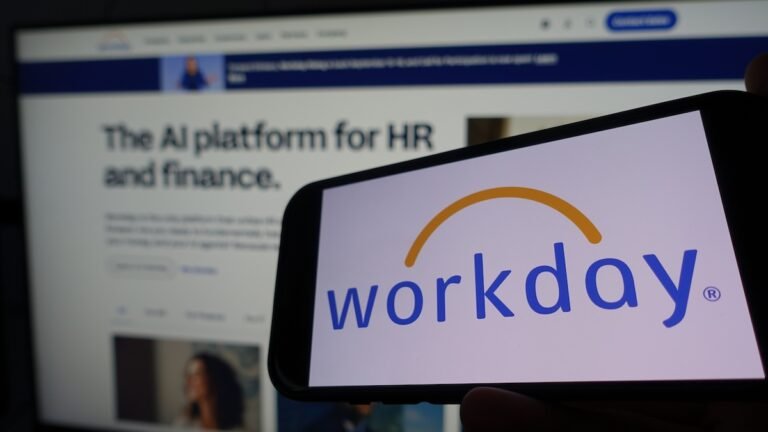Summary Points
- Workday experienced a data breach through a social engineering attack targeting a third-party CRM system, exposing business contact information.
- The attack, part of a broader campaign by cybercriminal groups like Scattered Spider and ShinyHunters, aimed to trick employees via impersonation to gain access.
- No customer data or internal systems were accessed, and Workday has implemented additional safeguards following the breach.
- Similar campaigns have targeted major companies (e.g., Adidas, Google, Dior), highlighting the ongoing threat of social engineering tactics in corporate cyberattacks.
The Core Issue
Workday, a major HR and finance services provider with over 20,000 employees, recently disclosed a data breach that appears to have resulted from a deliberate social engineering attack as part of a larger, widespread campaign targeting several large organizations. The attackers gained access to a third-party customer relationship management (CRM) system, which allowed them to collect basic business contact information like names, phone numbers, and email addresses. Importantly, Workday clarified that there was no evidence of access to client data or internal systems, and they responded swiftly by cutting off access and implementing additional security measures. The breach is believed to be part of a series of similar social engineering exploits, potentially linked to malicious groups such as Scattered Spider or ShinyHunters, who have recently targeted prominent companies like Adidas, Google, and Louis Vuitton. These cybercriminals primarily rely on deceptive tactics—like impersonating IT or HR personnel—to trick employees into revealing sensitive information, rather than exploiting technical vulnerabilities within targeted systems.
This incident underscores how social engineering, rather than technical flaws, is increasingly used by cybercriminals to compromise organizations. The threat actors’ goal was to harvest contact information that could be leveraged for further scams or attacks, exposing vulnerabilities in organizational security practices. The report, issued by Workday, stresses that their quick action prevented deeper breaches, but the incident highlights the ongoing challenge faced by many companies in defending against sophisticated deception campaigns that exploit human trust rather than technical defenses.
Security Implications
Workday, a prominent HR and finance company with over 20,000 employees, recently disclosed a data breach linked to a broad social engineering campaign, where cybercriminals accessed a third-party CRM system and extracted publicly available contact details like names, phone numbers, and emails. Although no sensitive customer data was compromised, the breach underscores the pervasive threat posed by sophisticated social engineering tactics that target employee trust to gain unauthorized access, as observed in attacks against notable organizations such as Adidas, Google, and Dior. These campaigns, often orchestrated by cybercrime groups like Scattered Spider and ShinyHunters, rely heavily on manipulating individuals rather than exploiting technical vulnerabilities, illustrating how personal information—if collected—can be leveraged for future scams, identity theft, or security breaches. The incident highlights the critical importance for organizations to strengthen internal defenses, employee training, and safeguards against social engineering, as these threats continue to jeopardize sensitive business and personal data across industries.
Possible Actions
In today’s digital landscape, prompt remediation is critical to minimizing damage, restoring trust, and preventing further exploitation in the wake of data breaches like the recent ‘Workday Data Breach Bears Signs of Widespread Salesforce Hack.’ Swift action ensures that vulnerabilities are addressed quickly before malicious actors can escalate their access or deepen their infiltration.
Immediate Containment
- Isolate affected systems
- Disable compromised accounts
- Remove unauthorized access points
Assessment & Analysis
- Conduct thorough security audits
- Identify the scope and impact
- Collect forensic evidence
Patch & Fix
- Apply relevant security patches
- Update credentials and passwords
- Strengthen firewall and access controls
Communication & Notification
- Inform affected users and stakeholders
- Follow legal and regulatory reporting requirements
- Provide guidance on safeguarding personal information
Preventive Measures
- Implement multi-factor authentication
- Regularly update security protocols
- Conduct ongoing staff security training
Explore More Security Insights
Stay informed on the latest Threat Intelligence and Cyberattacks.
Learn more about global cybersecurity standards through the NIST Cybersecurity Framework.
Disclaimer: The information provided may not always be accurate or up to date. Please do your own research, as the cybersecurity landscape evolves rapidly. Intended for secondary references purposes only.
Cyberattacks-V1

